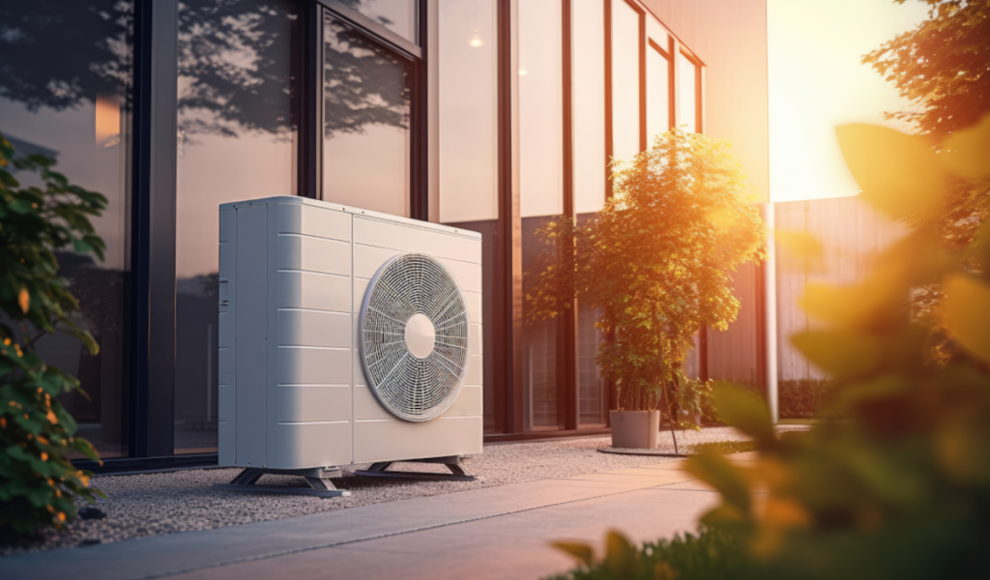A new cooling system based on the electrocaloric effect could revolutionize the way we cool our homes and buildings. Currently, about one-fifth of global electricity production is used for air conditioning and other cooling systems, and this number is expected to double by 2040. However, traditional cooling systems based on vapor compression have reached their thermodynamic limits and are both noisy and environmentally damaging. Researchers at the Luxembourg Institute of Science and Technology (LIST) have been working on more energy-efficient and eco-friendly cooling systems for some time, and they have now made a breakthrough that could change the game.
In an article published in the journal Nature, the researchers explain that their new system uses the electrocaloric effect, a phenomenon in which an electric field in a material causes a reversible temperature change. In the LIST system, the effect is applied to the electric field of ceramic capacitors, causing temperature changes that trigger the desired cooling effect. The researchers have developed a system of multi-layered capacitors stacked in an electrically connected tube filled with fluid, which generates a temperature gradient as the fluid flows between the capacitors.
This new technology could replace traditional compressors and harmful refrigerants in current air conditioning and refrigeration systems, making them much more energy-efficient and environmentally friendly. The researchers are currently working with various companies to develop practical applications for the technology, with the ultimate goal of offering a sustainable alternative to current cooling solutions. While they have already made significant progress, they continue to work on improving the maturity and practicality of the technology.










